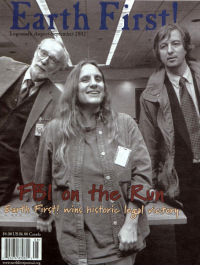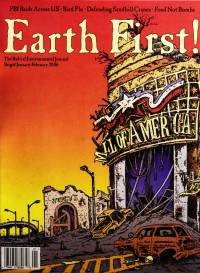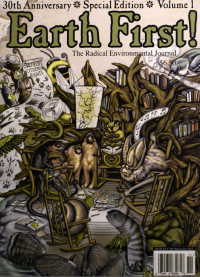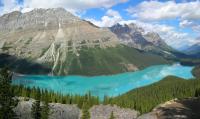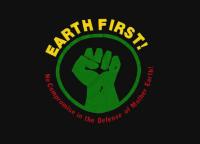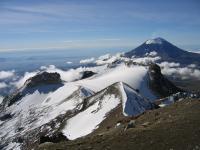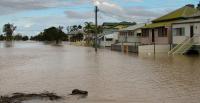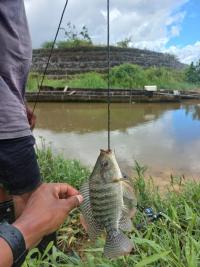Earth First! Journal 22, no. 7
Earth First! Journal 22, no. 7 presents news on Darryl Cherney’s case FBI against EF!, as well as essays on treesitting in the US, coal mining in New Mexico, and the presentation of a zero-emission vehicle at the Earth Summit in Johannesburg, South Africa.


